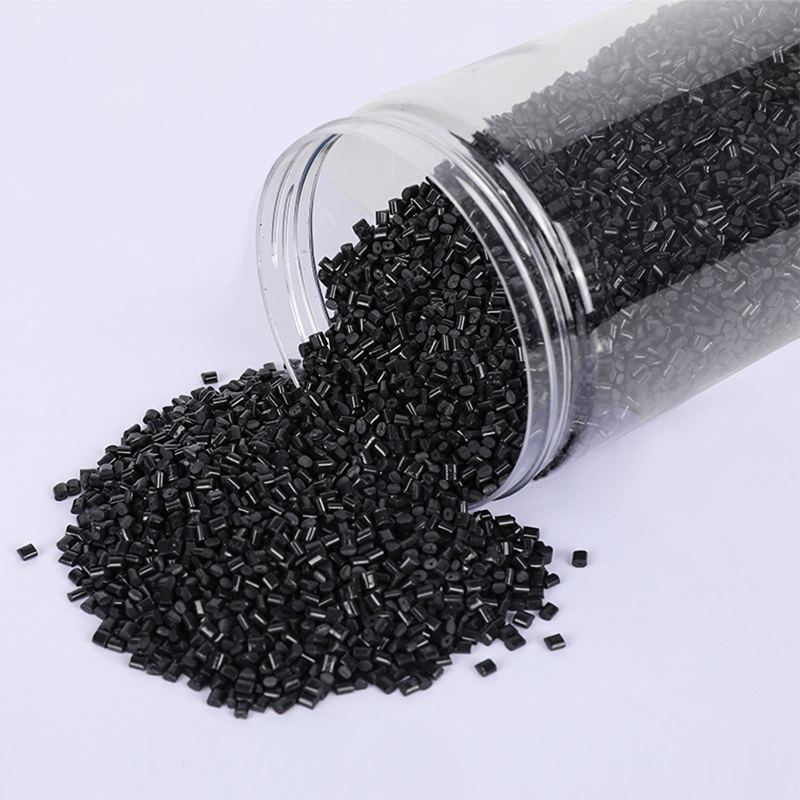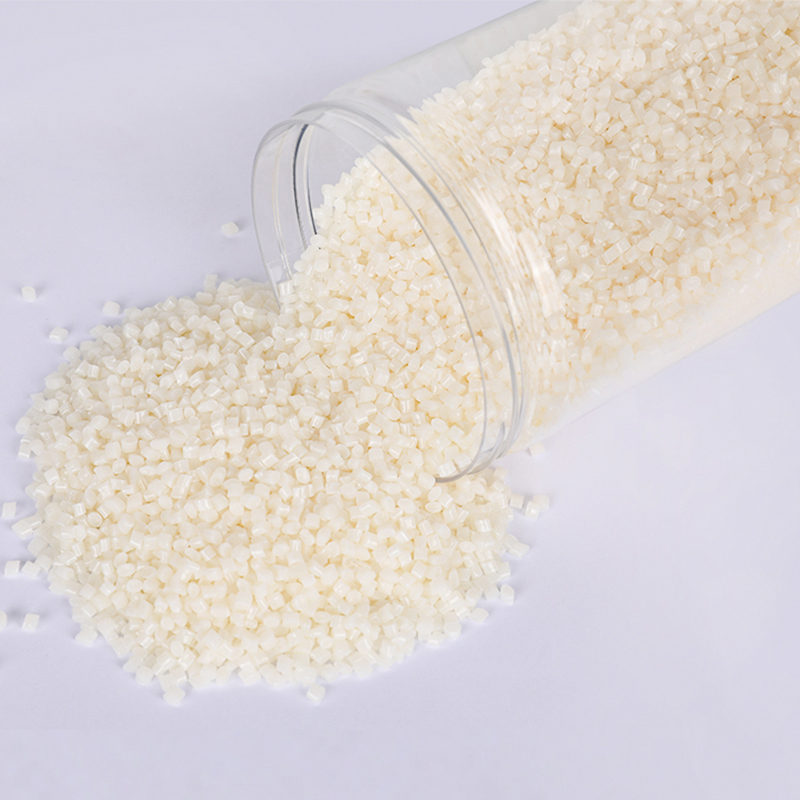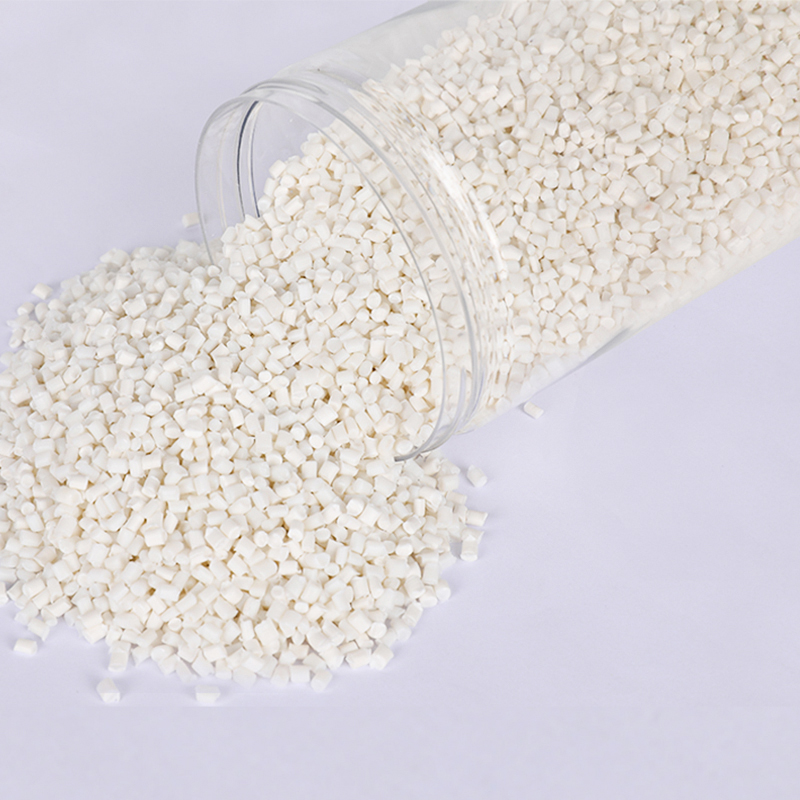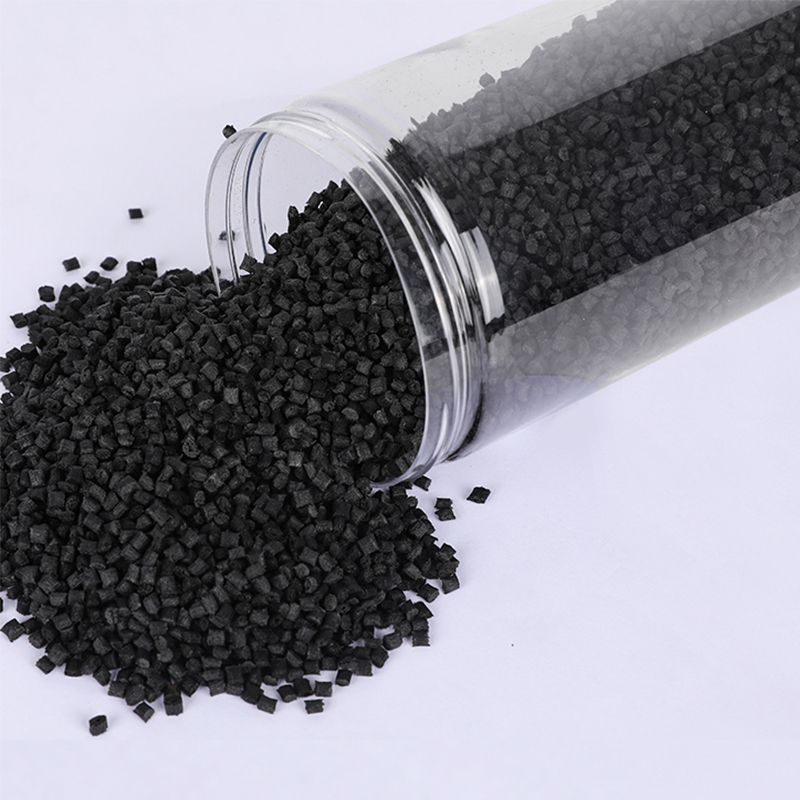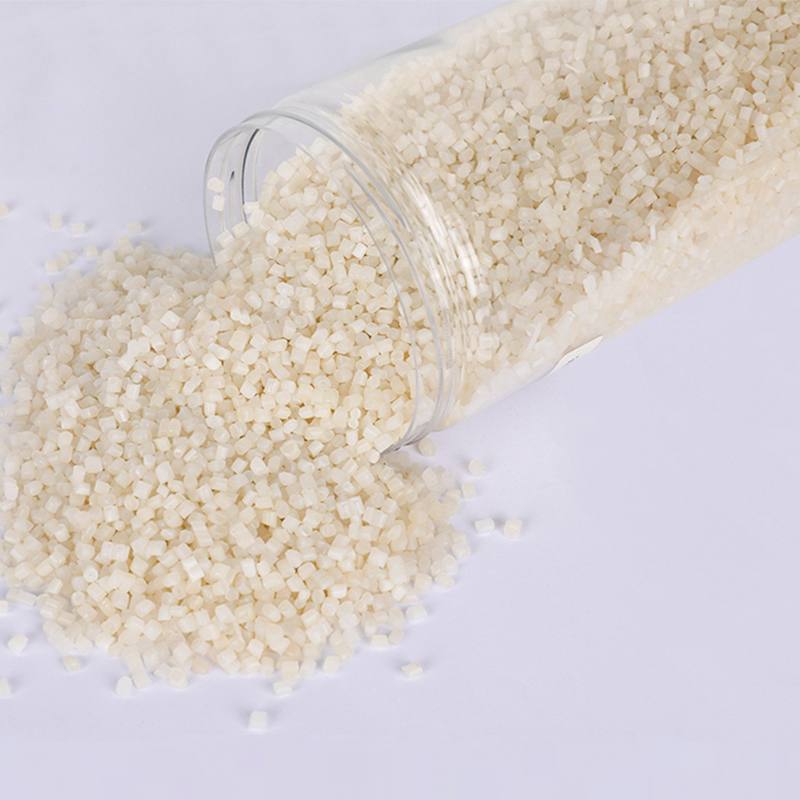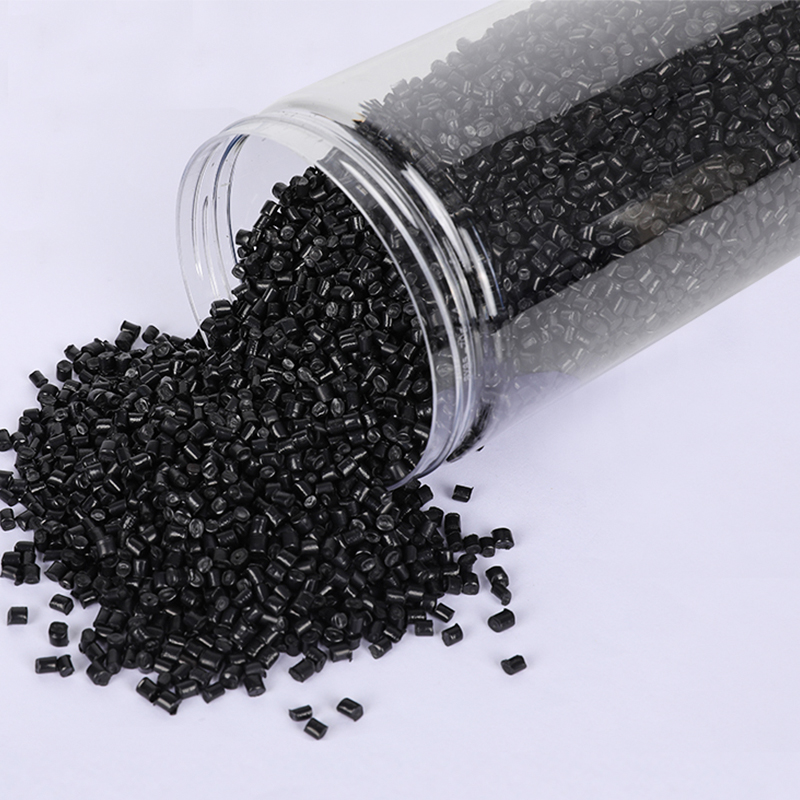Stay up to date with our recent products
Web Menu
Product Search
Exit Menu
Recycling of Polyamides: Processes and Conditions
Introduction to Polyamide Recycling
Polyamides, commonly known as nylons, are a group of synthetic polymers widely used in textiles, automotive parts, and electronics. The recycling of polyamides is gaining importance as industries strive for sustainable practices. Recycling these materials helps reduce waste, conserve resources, and minimize environmental impacts. However, due to the complex chemical structure of polyamides, their recycling presents specific challenges and requires tailored processes.
1. Mechanical Recycling of Polyamides
Mechanical recycling involves the physical process of reprocessing polyamide waste into reusable materials without changing its chemical structure. This method is the most common and energy-efficient way of recycling polyamides, particularly post-consumer and post-industrial waste.
1.1 Process Overview
In mechanical recycling, polyamide waste is shredded, washed, and then reprocessed into new products. The steps involved typically include:
- Shredding: Waste materials are mechanically broken down into small pieces.
- Washing: Contaminants such as dirt and oils are removed.
- Extrusion: The cleaned material is melted and reformed into new shapes.
- Pelletizing: The extruded material is cooled and cut into pellets for easy reuse.
1.2 Advantages and Limitations
The primary advantage of mechanical recycling is its relatively low cost and energy consumption. However, the recycled polyamide often has lower quality and properties compared to virgin materials, which can limit its applications, especially in high-performance sectors.
2. Chemical Recycling of Polyamides
Chemical recycling, also known as depolymerization, involves breaking down the polyamide polymer chains into their monomers or other valuable chemical intermediates. This process offers the potential for higher-quality recycled products, as it restores the original properties of the polyamide material.
2.1 Depolymerization Processes
There are two main types of chemical recycling for polyamides:
- Thermal depolymerization: Involves heating polyamide to high temperatures in the presence of catalysts to break the polymer chains into monomers.
- Catalytic depolymerization: Uses specific catalysts to break down polyamides at lower temperatures compared to thermal processes.
2.2 Advantages and Limitations
Chemical recycling can regenerate polyamides to a state close to virgin material, offering higher-quality recycled products. However, this process is more complex and energy-intensive than mechanical recycling, and it often requires specialized equipment and catalysts, which can increase costs.
3. Challenges in Polyamide Recycling
Despite its benefits, the recycling of polyamides faces several challenges that hinder widespread implementation:
- Contamination: Polyamide waste is often contaminated with other materials such as dyes, plasticizers, or additives, making it difficult to recycle effectively.
- Degradation of properties: Both mechanical and chemical recycling processes can lead to a loss in the polymer's structural integrity, affecting the performance of recycled products.
- Lack of infrastructure: The current recycling infrastructure is often not tailored for polyamides, making it harder to process them efficiently on a large scale.
4. Future Prospects in Polyamide Recycling
The future of polyamide recycling lies in the development of more efficient processes and technologies that can handle the complexities of polyamide waste. Researchers are exploring new methods of chemical recycling, such as enzymatic depolymerization, which could provide a more sustainable solution for polyamide waste.
4.1 Innovations to Watch
Key innovations in polyamide recycling include:
- Biodegradable polyamides: Developing polyamides that break down more easily at the end of their lifecycle.
- Closed-loop systems: Creating systems where polyamides can be continuously recycled into high-quality products without significant degradation.
- Advanced sorting technologies: Using AI and automated sorting to improve the separation of polyamide waste from other materials for better recycling outcomes.
5. Conclusion
The recycling of polyamides is essential for reducing waste and promoting sustainability in industries that rely heavily on these versatile polymers. While mechanical and chemical recycling offer different benefits, each method faces challenges that need to be addressed to increase recycling efficiency. The future of polyamide recycling looks promising with ongoing innovations aimed at improving processes and creating more sustainable solutions.
As China PCR Recycled Plastic Granules Factory, We always adhere to the experience and philosophy of "keeping up with the times, constantly innovating, developing efficiently, and cooperating for mutual benefit"

Address: No.11, Wangzhuang Section, Provincial Road 01, Daqiao New Area, Economic Development Zone, Haiyan County, Jiaxing City, Zhejiang Province, China
Phone: +86-18058285678
Fax: +86-0573-86868101
E-mail: [email protected]
SUNRISE GROUP(Overseas Exclusive Agent)
www.sunrisechemical.com
2024 ICIS Global Chemical Distributor Top 8
Export Sales Manager:Helen Zhang
Mob/Whatsapp: +86 19883063465
Email: [email protected]
Copyright © Jiaxing Anyiju Plastic Industry Co., Ltd. All Rights Reserved

 简体中文
简体中文 English
English

